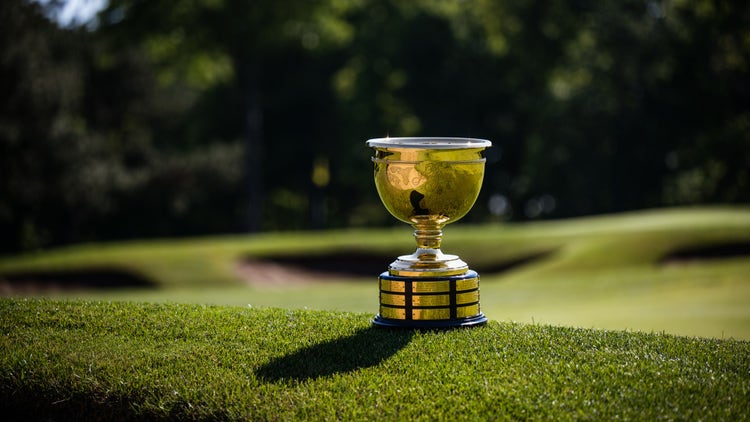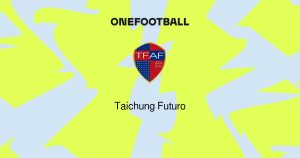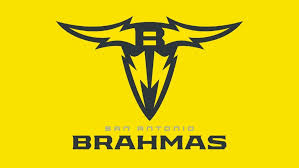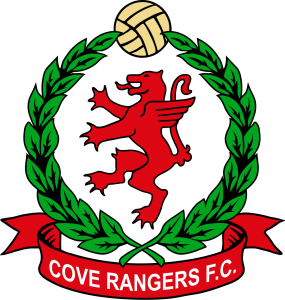
Presidents Cup
The Presidents Cup is one of the premier events in professional golf, representing a unique competition that pits the best golfers from the United States against an international team (excluding Europe) in a match-play format. Established in the mid-1990s, this biennial event has grown to become a significant highlight on the golf calendar, with a rich history filled with intense rivalries, memorable moments, and a spirit of global camaraderie. This blog post delves into the intricate history of the Presidents Cup, exploring its origins, evolution, notable matches, and future prospects.
The Origins of the Presidents Cup
The inception of the Presidents Cup was driven by the need to create an alternative to the Ryder Cup, which had long been dominated by European and American players. The idea emerged during a time when golf was expanding globally, and there was a growing interest in having an international competition that included players from countries beyond Europe https://18win.digital/
The Vision Behind the Creation
The vision for the Presidents Cup was born out of a desire to foster goodwill through sport. Key figures such as former PGA Tour commissioner Deane Beman played pivotal roles in bringing this concept to life. They recognized that golf had the potential to unify players from diverse backgrounds, showcasing talent across continents.
This initiative was not just about competition; it aimed to promote friendship and sportsmanship. The inaugural event held in 1994 at the Robert Trent Jones Golf Club in Virginia was designed to emphasize these ideals. With its first iteration, the Presidents Cup set the stage for what would become a beloved tradition in the world of golf.
The Format of Competition
Understanding the competition format is crucial to appreciating the Presidents Cup. The event features both individual and team match-play competitions over four days, where teams compete in various formats such as foursomes, four-balls, and singles matches.

The structure allows for strategic play and emphasizes teamwork, making each match not only a test of skill but also a demonstration of collaboration among teammates. Unlike the Ryder Cup’s tense rivalry between Europe and the United States, the Presidents Cup often allows for a lighter atmosphere where players can engage more freely with one another, reflecting the spirit of international camaraderie.
Key Milestones in Early Years
As the Presidents Cup unfolded over the years, several key milestones marked its journey. The early tournaments were characterized by closely contested matches, with the U.S. team boasting a dominant performance that echoed the nation’s historical prowess in golf.
However, the international contingent began to showcase their skills, laying the groundwork for a more competitive tournament. This shift hinted at the changing dynamics within professional golf, highlighting how countries like Australia, South Africa, and Canada could produce world-class talent capable of matching their American counterparts.
Evolution of the Presidents Cup
From its modest beginnings, the Presidents Cup evolved into a major event within the golfing calendar. Each edition brought unique challenges and drama, creating a legacy that resonates with fans and players alike.
Shifting Dynamics: International Growth
One significant aspect of the evolution of the Presidents Cup is the gradual strengthening of the international team. Initially composed mainly of Australians and South Africans, the roster eventually diversified to include players from Asia and Latin America.
This diversification not only enriched the competition but also broadened the appeal of the event. As players from different cultures infused their styles and philosophies into the game, spectators witnessed a tapestry of golf that celebrated diversity while maintaining the competitive edge.
Memorable Matches and Rivalries
With each tournament, the Presidents Cup has produced unforgettable matches that have contributed to its lore. One standout moment occurred in 1998 when the international team secured its first victory on U.S. soil, a monumental achievement that reshaped perceptions about the competitiveness of the event.
The development of rivalries, particularly between charismatic players, has further fueled interest in the Presidents Cup. The encounters between seasoned veterans and rising stars have created narratives that engage fans and intrigue media. The chemistry—or sometimes tension—between players adds layers of complexity to the competition, shining a light on the personal relationships that can exist amid fierce competition.





